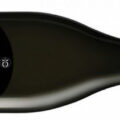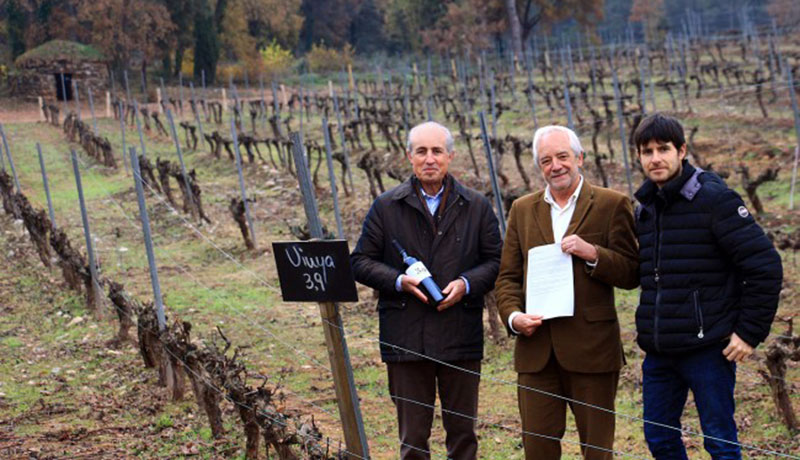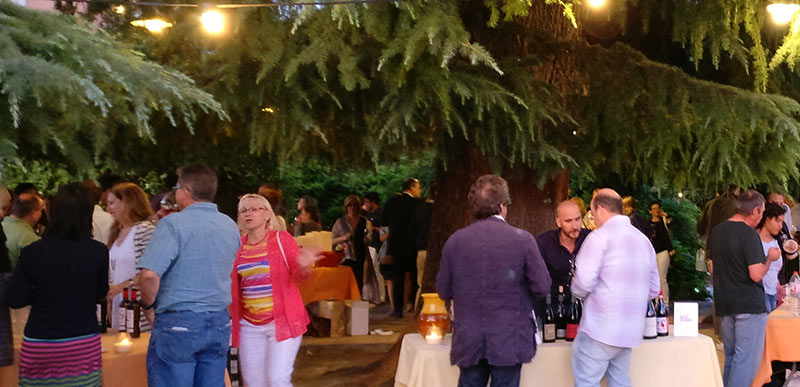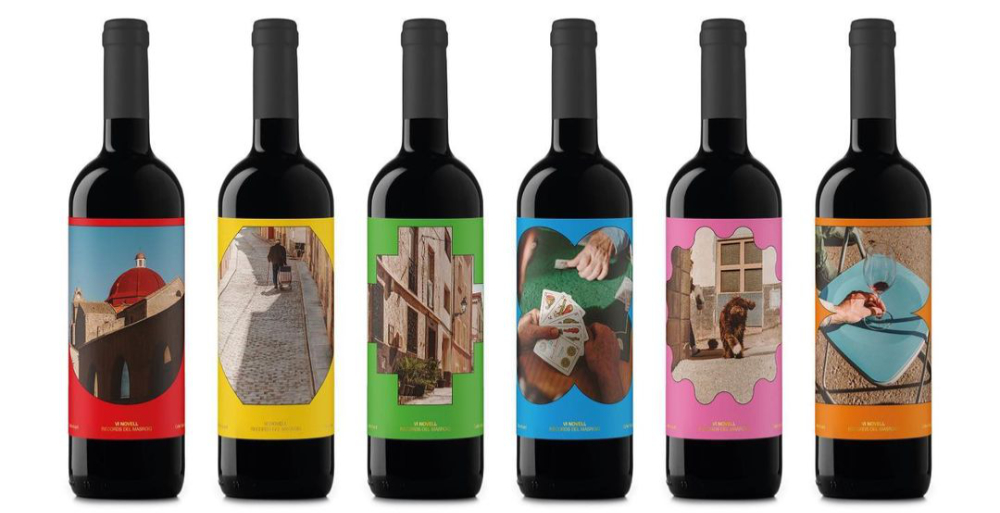At the stately Palau de Pedralbes in Barcelona, INCAVI, the Catalan Wine Agency, presented the latest wines approved for the Vi de Finca classification. With a total of five new wines entering the list, it’s suddenly grown by 36% to reach 19 wines certified under what is a region-wide, single-vineyard certification scheme designed to highlight the “top” examples from Catalunya. This 2023 announcement comes after announcing two new Vins de Finca last year when the process had seemed to slow down but was apparently just gaining momentum behind the scenes. […]



